Looking to elevate your Google Ads lead gen efforts? Here are nine levers that can boost your PPC campaigns toward significant growth.
Are you ready to turn your low-spending but profitable lead gen search campaigns into sources of significant growth? You might be ready to scale your Google Ads account.
Every new Google Ads account starts from a humble position, but there comes a time when it makes sense to tune up campaigns and generate even more leads.
If you want to ramp things up, this guide will show you:
- What to expect when scaling a Google Ads lead gen account.
- What’s involved and what you have control over.
- How to actually ramp up PPC results.
How to know when you’re ready
When you are ready to scale, there are two ways to approach it:
- Getting more from a single ad platform.
- Expanding to new platforms.
This article will focus on the first, particularly on Google Ads for lead generation.
Scaling a nascent Google Ads account doesn’t simply mean increasing your budget and hoping for a proportional increase in leads. You may encounter new settings and moving pieces, ask clients for added support, and give back as much insight as you take.
Some signs that you might be ready to truly scale include:
- Overly profitable campaigns are a sign that you may not be investing enough.
- Low impression share or click share indicates untapped search volume.
- A high-converting primary offer with other offers you aren’t advertising.
The 9 levers you can pull to scale lead gen PPC
Throwing money at a challenge might work elsewhere, but scaling a Google Ads account takes a bit more care.
Simply dialing up your spend won’t be enough, so consider these nine tactics that can influence growth to varying degrees (both together and on their own).
1. Target new locations
Once you’ve maxed out impression share, one way to expand the scale of your Search program is by looking for additional geographies to target. If yours is a Local campaign, can you expand the location targeting?
When targeting one specific county or mile radius, I’ve sometimes gotten results by targeting different versions of the same area (e.g., county, ZIP codes, radius around a certain location).
They’re all really targeting the same place, but somehow it builds your audience because it captures a bit more people.
That’s my experience – your mileage may vary.
Side note: It may be a good idea to use “Presence” and not “Presence or interest” in the advanced location settings.
Dig deeper: Improve your Google Ads performance: 3 simple setting changes
2. Add new keywords
If you began your Search campaign by targeting a small group of keywords, there’s a good chance you can scale up simply by targeting new queries.
- Are there keywords related to the industry or problem you’re addressing that you have not targeted?
- Are there new things people are searching for?
- Do you have location-based keywords that you can go after, even if it’s just adding location terms to the end of an existing keyword?
These are all ways to open your ads up to people who need what you have but might not have been the recipients of your previous ads.
Outside of keywords, your match type can also open up new opportunities. If you haven’t yet added Broad Match to your campaigns, you can start testing it to open your ads up to a much wider range of traffic.
You can also test new keywords with a Dynamic Search Ads campaign.
3. Optimize your spend
Simply spending more is often a great way to take your early-stage Search campaigns to the next level. This is easier when you aren’t capturing a large percentage of available impressions because the budget increase will find more relevant people to show your ads to. So, you can likely double a $100 budget and get twice as many leads.
However, as you increase your budget, finding new conversions will become more difficult because fewer people are searching for relevant terms. So when you spend thousands and have a healthy impression share, you’ll get fewer conversions as you raise your spend.
Another area to monitor is whether placements are eating up your spend by bringing in junk leads or irrelevant clicks. Opting out of things like Search Partners and the Display network can open up opportunities to spend that money where it’s more likely to return a profit.
Similarly, trying a new campaign with a new goal (such as generating fresh demand) might be a way to find opportunities you didn’t know existed.
4. Build dedicated landing pages
We typically start our campaigns by driving traffic to the homepage of a website. It’s ready, so we see how it goes. If it doesn’t perform as well as we’d like, we build a dedicated landing page.
The objective of a dedicated landing page is to be:
- Relevant.
- Uncluttered.
- Quick to load.
- Clear in copy and call to action.
In general, people typically focus on lowering bounce rate. With lead gen landing pages, you almost want a high bounce rate because the inverse of that is increasing your conversion rate.
When you create a binary choice for anyone who lands on the page – convert or leave – you’ll get a higher conversion rate.
Do that by being as clear as possible:
- What action should the visitor take?
- Why should they take it?
- Why should they trust you?
- What will happen after they take it?
It can lead to a higher bounce rate, but that’s not necessarily bad. If you get your conversion rate from 5% to 10% and your cost per click goes up by 30%, you still have a cheaper cost per lead than you did before.
It’s a frequently overlooked component of Google Ads – or any digital marketing campaign in general
5. Test landing page variations
Landing page optimization is a significant lever that many Google Ads managers don’t touch, and it can often be because they don’t know where to begin.
Here are some of my landing page best practices:
- Experiment with removing the header/navigation of the website, with a logo going to the homepage but no other links on the page.
- The page should load quickly and be responsive to the device it’s accessed on. Too many landing pages aren’t mobile-friendly when they should be.
- For copy, We’ll pick clear over clever every day of the week. A clear headline should state in very plain language what you do and match both your ad copy and keywords.
- Your form should be prominent, easy to fill, not too complicated, and have only as many fields as necessary.
- For call-based conversions, a click-to-call button with a clear CTA is a must. Don’t forget to track this.
- Make sure you display credibility above the fold. Customer reviews, links to review sites, and media or industry accreditations let others vouch for you and build trust with visitors.
- Include content below the fold so that as people scroll, they can learn more about the business, what you do, your solution and its benefits. Intersperse that with CTAs between sections.
6. Test form variations
If your lead collection method is form-based, the structure and content of your forms become critical to how well they convert.
A basic form contains three to four fields, such as:
- Full name (or split into first and last names).
- Email.
- Phone number.
You may also want to include qualifiers. For B2B brands, here are examples of information we like to ask for:
- Company name: Anybody who doesn’t have a company will leave your page and disqualify themselves naturally.
- Location: For businesses with limited service areas, we include a geography drop-down or zip code field (for U.S. campaigns).
- Start date: If what you’re selling has a longer or limited timeline, you can ask people to specify when they want the job done.
You can also ask for information that helps qualify leads based on whether they meet certain criteria, such as their budget or industry. You can even write underneath the CTA button that you only take on customers who meet certain conditions.
The idea is to make sure that only right-fit prospects fill out your forms, reducing your junk leads and improving your qualification rate. This gives you a better idea of your addressable market instead of seeing inflated lead volume, making for better forecasts.
Another trick that often helps get the conversion is to place an icon of a lock and say that their data is 100% secure and won’t be shared. This handles another concern or objection up front and builds confidence.
7. Qualify your leads
We like to connect lead gen accounts with their CRM data whenever possible so we can focus on generating leads that drive business outcomes.
Let’s say you have a client that sells a specific item built to measure. Your form will ask for the usual contact information and qualifiers, but you can also let them input those dimensions or measurements.
What you want to look for is which leads come in with measurements and which leads don’t have them, and generally, the former will be of much higher quality. If someone takes the time to perform an action outside the form to fill it out, it indicates they really want what you’re selling.
Those leads can be marked appropriately and sent back to Google through offline conversion imports, allowing the system to pursue more users like them. Not only that, but your sales team will know which leads to go after first, making this a holistic improvement to your ability to close more deals faster.
8. Set up Enhanced Conversions
You should set up Enhanced Conversions if you can. Their primary use is to let Google track users even when ecosystems like Apple’s and other devices make that harder. As we move towards a cookie-less future, this allows Google to track what its pixels cannot.
This requires you to provide Google with personal data, such as emails and phone numbers, so their system can match it up with an account they know clicked on the ad. Doing this captures an additional 10% of user information, making it an extra signal that’s good to have.
But it will probably be considerably more important in the future, so get a headstart if you can!
9. Layer in Performance Max
After expanding each of the other strategies, and it seems that you’re tapped out and really can’t get anything else out of them, I would then consider layering in Performance Max if (and only if) you have some kind of offline conversion tracking. Otherwise, you’re going to get a ton of spam.
There are two ways of adding Performance Max to lead gen campaigns:
- Continue with Target CPA and send your qualified leads back to Google from your CRM data using offline conversion imports. That can sometimes be a stronger signal than a lead that becomes a sale. If you collect 100 leads from Google and 30 of them are later marked as qualified in your CRM, use that as a conversion action and set the campaign to specifically target those types of conversions.
- Bid to a Target ROAS if you’re able to send your revenue data back into Google Ads.
Without the ability to implement offline conversions, I recommend avoiding Performance Max for lead gen because you will spend time and money with little return to show for it.
Scaling lead gen on Google Ads
PPC fell into a years-long trap where the industry believed it could operate independently of other marketing and business functions. And for a long time, that was because Google made it possible to do so.
But all things are cyclical, and PPC is once again taking its rightful place in a broader marketing strategy.
As you grow your spend and results on Google Ads, remember that many other moving pieces influence the customer experience. Before and after the click, you have design, web development, discoverability, UX, and sales follow-up elements.
Scaling accounts doesn’t happen overnight, and it certainly doesn’t happen effortlessly. But there is a tremendous reward for those who can see the big picture and show persistence.
Related Articles:
Changes to Google Keyword Planner Tools and How to Maximize Success While Using Them
10 Different Ways To Get Organic Page 1 Google Rankings
8 Tips to Achieve a High Google Ranking
Google AI-Powered Search Is About To Turn The Online Publishing Industry Upside Down
Voice Search: What Is It & How Does It Work? 6 Practical Tips To Get You Started
About Menachem Ani
Menachem Ani, Founder of JXT Group, is a digital advertising expert with two decades of success developing high-impact marketing strategies for online retailers and lead-generation clients.

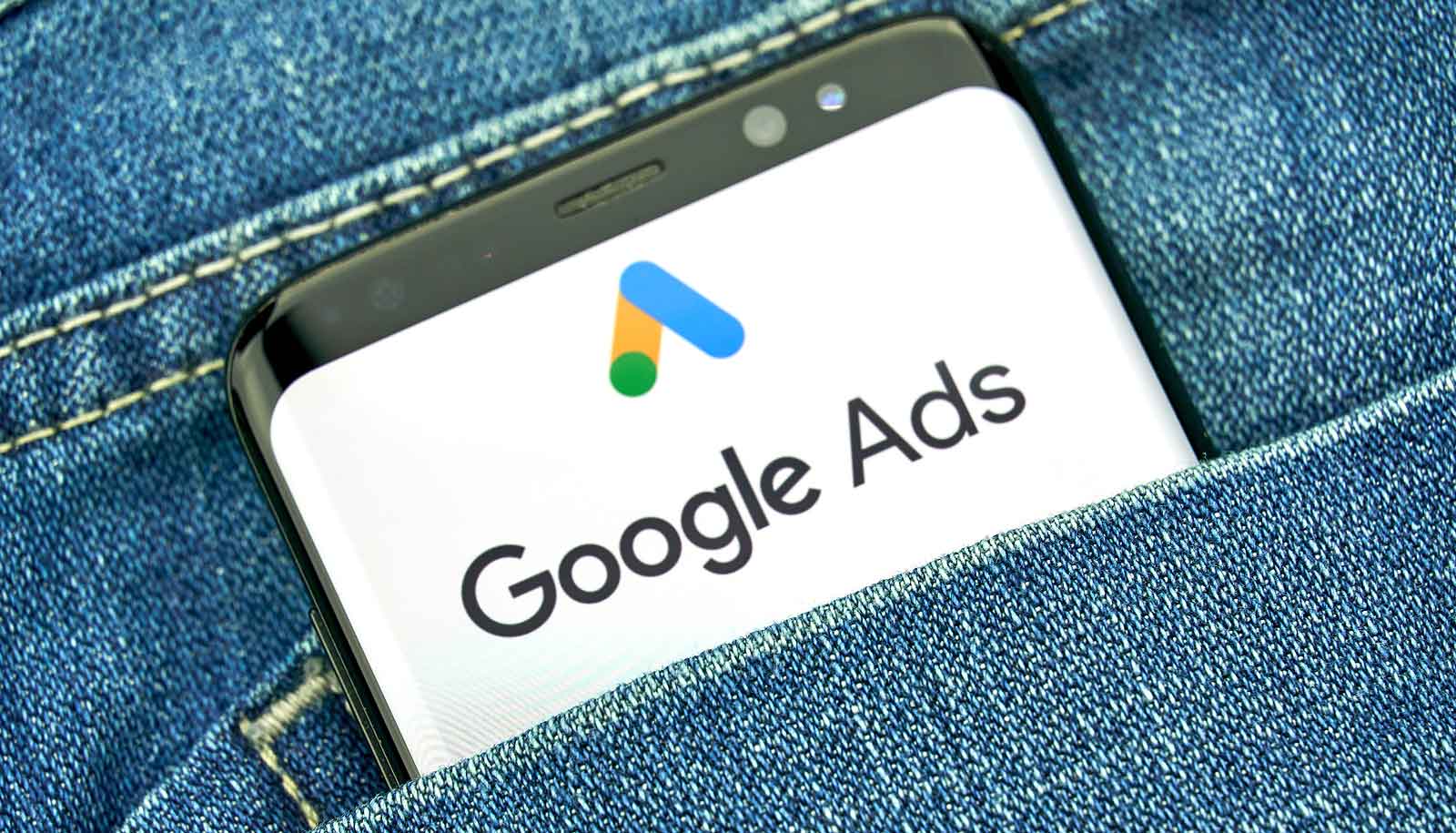










.png)








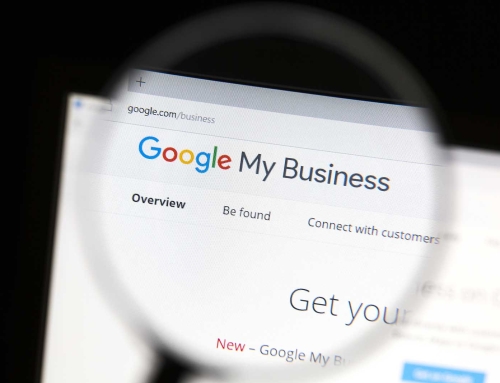

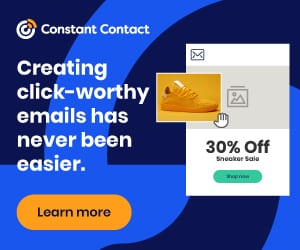

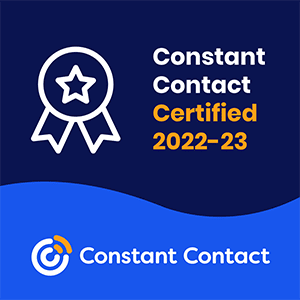

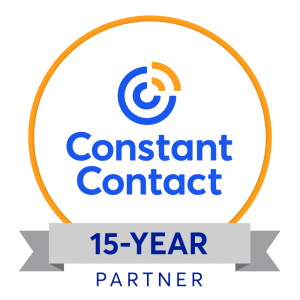
Leave A Comment
You must be logged in to post a comment.